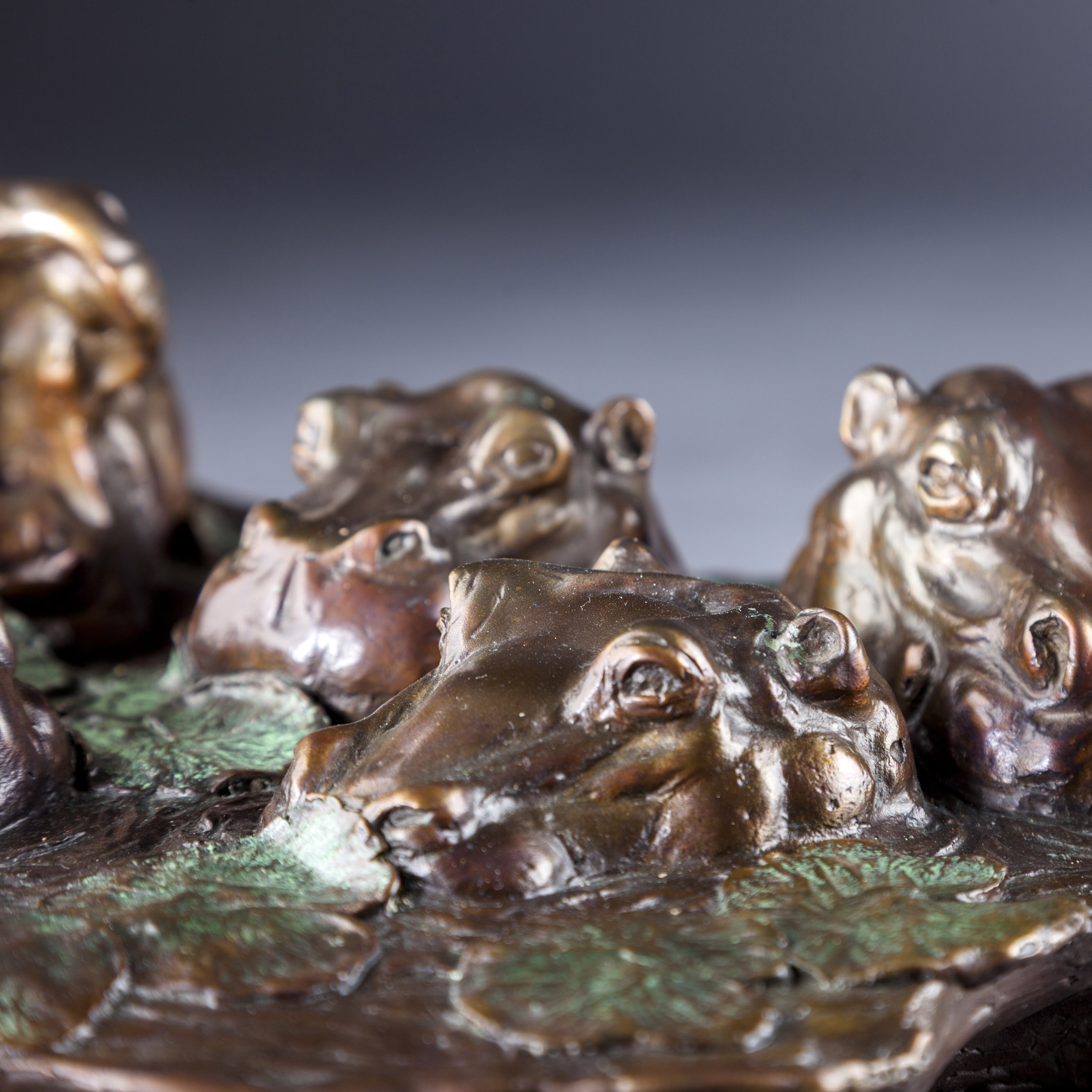
Lioness
One of the most widely recognised animal symbols in human culture, the lion has been extensively depicted in various artforms, on national flags, and in contemporary films and literature. It appeared as a symbol for strength and nobility in cultures across Europe, Asia and Africa. The lion has been depicted as “king of the jungle” and “king of beasts”, and thus became a popular symbol for royalty and stateliness.
The lion prefers grassy plains and savannahs, scrub bordering rivers and open woodlands with bushes. It is absent from rainforest and rarely enters closed forest. In Eurasia, the lion once ranged from Greece to India; Herodotus reported that lions had been common in Greece in 480 BC but today it has been reduced to fragmented populations in Sub-Saharan Africa and one critically endangered population in western India.

Hippos
The common hippopotamus is the third-largest type of land mammal, being only smaller than elephants and some rhinoceroses and inhabits rivers, lakes and mangrove swamps.
Different from all other large land mammals, hippos are of semiaquatic habits, spending the day in lakes and rivers. In a Ndebele tale, the hippo originally had long, beautiful hair, but was set on fire by a jealous hare and had to jump into a nearby pool. The hippo lost most of his hair and was too embarrassed to leave the water. During the day, they remain cool by staying in the water or mud; reproduction and childbirth both occur in water. They emerge at dusk to graze on grasses. While hippopotamuses rest near each other in the water, grazing is a solitary activity and hippos are not territorial on land.

Half Submerged Hippo
The common hippopotamus is the third-largest type of land mammal, being only smaller than elephants and some rhinoceroses and inhabits rivers, lakes and mangrove swamps.
Different from all other large land mammals, hippos are of semiaquatic habits, spending the day in lakes and rivers. In a Ndebele tale, the hippo originally had long, beautiful hair, but was set on fire by a jealous hare and had to jump into a nearby pool. The hippo lost most of his hair and was too embarrassed to leave the water. During the day, they remain cool by staying in the water or mud; reproduction and childbirth both occur in water. They emerge at dusk to graze on grasses. While hippopotamuses rest near each other in the water, grazing is a solitary activity and hippos are not territorial on land.